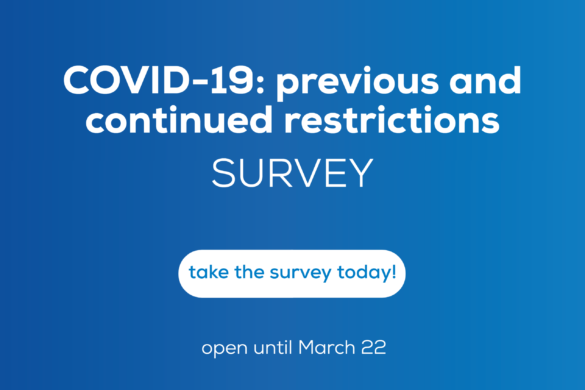Cross-sectional case-control studies (Blue)
Bell’s palsy is a rare adverse event reported in clinical trials of COVID-19 vaccines. However, no population-based study has assessed the association between the inactivated SARS-CoV-2 vaccines and Bell’s palsy. The aim of this study was to evaluate the risk of Bell’s palsy after BNT162b2 and CoronaVac vaccination. In this case series and nested case-control study done in Hong Kong, the authors assessed the risk of Bell’s palsy within 42 days following vaccination with BNT162b2 (Fosun–BioNTech [equivalent to Pfizer–BioNTech]) or CoronaVac (from Sinovac Biotech, Hong Kong) using data from voluntary surveillance reporting with the Hospital Authority, the COVID-19 Vaccine Adverse Event Online Reporting system for all health-care professionals, and the Hospital Authority’s territory-wide electronic health records from the Clinical Data Analysis and Reporting System. The authors described reported cases of Bell’s palsy among vaccine recipients (aged 18–110 years for CoronaVac and aged 16–110 years for BNT162b2). They compared the estimated age-standardised incidence of clinically confirmed cases among individuals who had received the CoronaVac or BNT162b2 vaccination (up to 42 days before presentation) with the background incidence in the population. A nested case-control study was also done using conditional logistic regression to estimate the odds ratio (OR) for risk of Bell’s palsy and vaccination. Cases and controls were matched (1:4) by age, sex, admission setting, and admission date. Between February 23 and May 4, 2021, 451 939 individuals received the first dose of CoronaVac and 537 205 individuals received the first dose of BNT162b2. 28 clinically confirmed cases of Bell’s palsy were reported following CoronaVac and 16 cases were reported following BNT162b2. The age-standardised incidence of clinically confirmed Bell’s palsy was 66·9 cases per 100 000 person-years (95% CI 37·2 to 96·6) following CoronaVac vaccination and 42·8 per 100 000 person-years (19·4 to 66·1) for BNT162b2 vaccination. The age-standardised difference for the incidence compared with the background population was 41·5 (95% CI 11·7 to 71·4) for CoronaVac and 17·0 (−6·6 to 40·6) for BNT162b2, equivalent to an additional 4·8 cases per 100 000 people vaccinated for CoronaVac and 2·0 cases per 100 000 people vaccinated for BNT162b2. In the nested case-control analysis, 298 cases were matched to 1181 controls, and the adjusted ORs were 2·385 (95% CI 1·415 to 4·022) for CoronaVac and 1·755 (0·886 to 3·477) for BNT162b2. The authors concluded that their findings suggest an overall increased risk of Bell’s palsy after CoronaVac vaccination. However, the beneficial and protective effects of the inactivated COVID-19 vaccine far outweigh the risk of this generally self-limiting adverse event. Additional studies are needed in other regions to confirm our findings.
Wan EYF, Chui CSL, Lai FTT, Chan EWY, Li X, Yan VKC, Gao L, Yu Q, Lam ICH, Chun RKC, Cowling BJ, Fong WC, Lau AYL, Mok VCT, Chan FLF, Lee CK, Chan LST, Lo D, Lau KK, Hung IFN, Leung GM, Wong ICK. Bell’s palsy following vaccination with mRNA (BNT162b2) and inactivated (CoronaVac) SARS-CoV-2 vaccines: a case series and nested case-control study. Lancet Infect Dis. 2021 Aug 16:S1473-3099(21)00451-5. doi: 10.1016/S1473-3099(21)00451-5.









